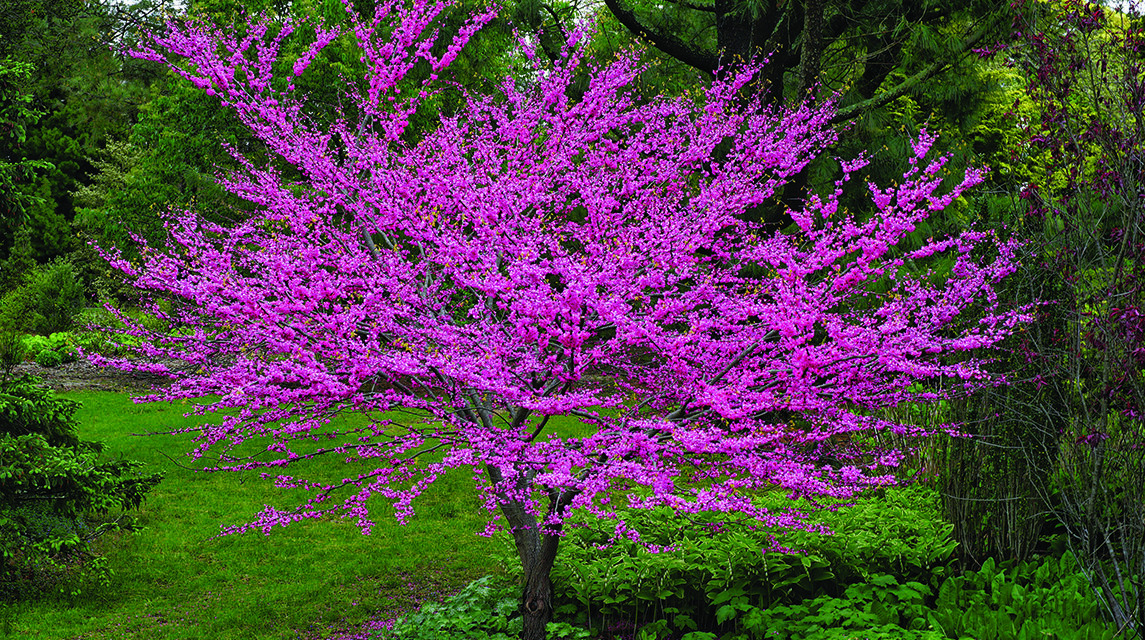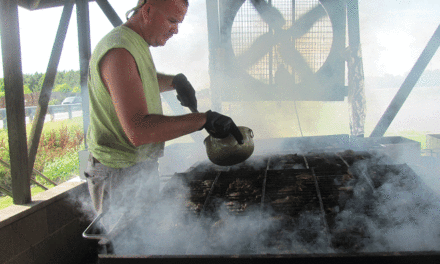Like a lot of us, the Eastern Redbud simply can’t wait very long for spring to come. It pushes out flowers even before its leaves break through.
Known as the harbinger of spring, delicate blossoms and buds are one of the most dramatic displays of color at a time when most other plants are still waking up.
The early blossoms draw in nectar-seeking insects, including several species of early-season butterflies.
But this tree’s beauty doesn’t end with its flowery show. Unique and irregular branching patterns combine with a trunk that commonly divides close to the ground to create a very handsome, spreading and often flat-topped crown.
With a 20 to 30 feet height range and a 20-35 foot spread, it is a smaller tree often found growing beneath taller trees, but can put a large stamp of color on the landscape.
Its flexibility is a plus, too.
The tree is pH adaptable and can tolerate full sun or part shade and moderately fertile clay or sandy soil.
Plant it as a focal point of a pollinator garden, as an understory tree in a wooded landscape.
In mass plantings, it gives a dramatic springtime effect.
But It does not tolerate heat or drought that can stress the tree or wet soils.
It does not tolerate root disturbance, so plants should be placed in their permanent positions as soon as possible and should be kept well-watered until established.
Because its branches tend to break, the tree should be sited in a relatively protected area.





